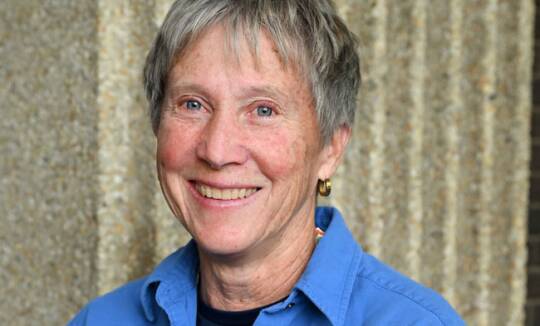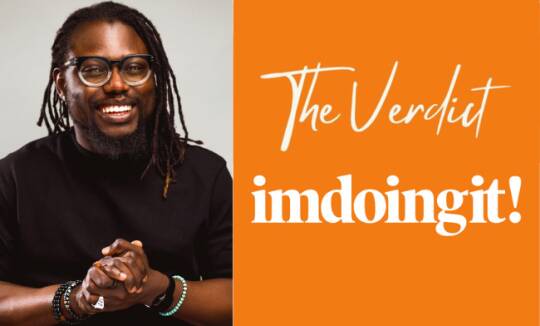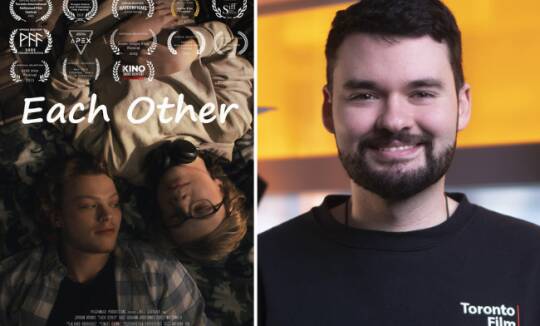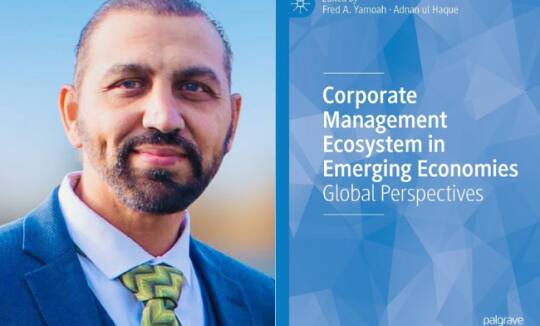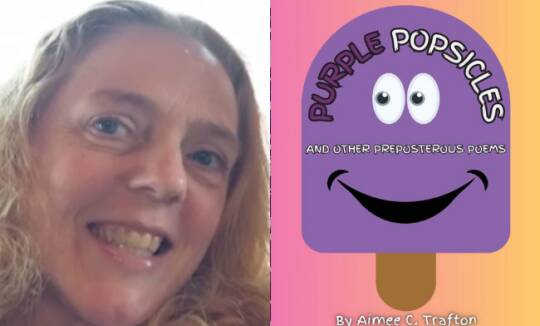I remember the day I found out. I asked, “Do I have this”? I was talking about it like it was a cancer, or some other serious issue. In fact, it was, it just looked a little different. My psychologist looked at me and with a slight nod, relief. This was confirmation of what I had sensed had been going on for me for decades: post-traumatic stress.
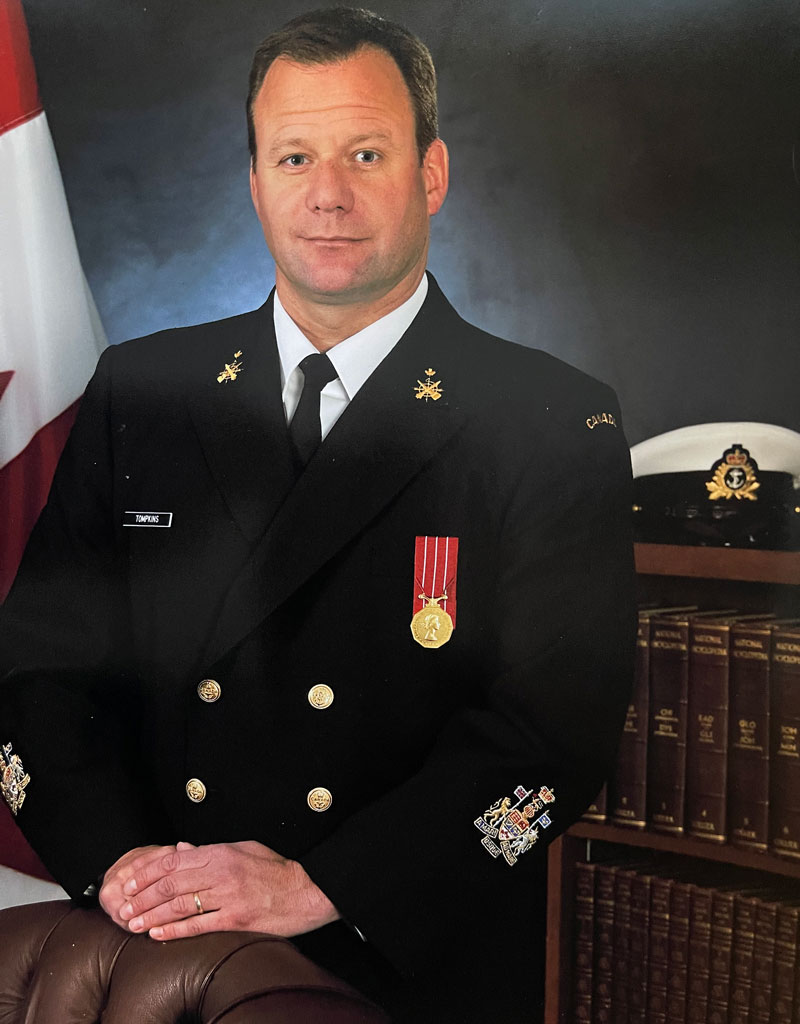
We had been working together for a number of months, and after a great deal of assessment, she confirmed the diagnosis to me. I remember my mind was quiet, my body calm. I had been struggling for the two years prior to this with significant distress. An inability to remain emotionally regulated. Anger. Rage. Isolation and relationship disconnection. Wondering “Why am I this way?” Constant thoughts of “What’s wrong with me?”
I had heard so many clients I had worked with in the field of traumatic stress say these very things. I didn’t connect it back to me. Working with veterans and first responders, concerning statements such as, “I can’t live like this anymore,” often alluded to suicidal ideation. The first time I said that to myself, I remember feeling completely disconnected from who I thought I wanted to believe I was. Yet, there it was, the exact same thing that my own clients had said, reverberating in my own thoughts.
One thing stood out more than anything in that moment. An overwhelming sense of shame and guilt. Of how I had managed my posttraumatic stress and how it had affected those I cared about. That’s why I wanted to share my story. I’m no longer ashamed. I don’t feel guilt. I am connected, regulated emotionally and able to talk openly about how PTSD changed my life.
As we acknowledge the annual PTSD Awareness Day on June 27, I would like to talk about not only my journey, but how I see my clients heal and gain their lives back.
When people hear about PTSD, it creates an overwhelming sense of the unknown. What is it? What does it mean? How does it affect people/me?
All of this type of information is fairly straightforward to find. However, for the clients I work with, I use a slightly different approach to help ease the fear and anxiety that is often attached to the idea of PTSD. I tell my clients I work with in the field of traumatic stress; that I don’t actually work in the field of PTSD, as that is the formal diagnosis. Post-traumatic stress disorder is a diagnostically identified disorder that meets defined criteria within the DSM-5. The first time my clients hear this, they can be confused. The field of traumatic stress is not something widely talked about. It’s either known as trauma or PTSD. However, what clients struggle with is not the name, but the condition. PTSD is the diagnosis. Traumatic stress, or post-traumatic stress, is the condition they struggle with.
Everything that a counsellor does within the field of trauma, is about relationships. The relationship between the counsellor and the client, often referred to as the therapeutic relationship, is the single most important aspect of helping clients heal. Without it, there is very little chance that the client will connect. This involves a plethora of skills and interventions. When that connection is made, it can be, and often is, very profound. Psychoeducation is part of this relationship: What is happening for the individual and how it affects the nervous system. I use a multitude of methods, as it can be quite complex.
One way I help clients is to get them to envision themselves as a laptop. Life (or what the world sees) is the screen, the programs we use and even the RAM. Trauma presents itself as symptoms on the screen, such as a program closing unexpectedly. For Windows users, the “blue screen”… However, the operating system of the laptop has malware that is operating behind the scenes, creating chaos for the laptop (person). No one can see it, but they grow frustrated and increasingly anxious as the malware begins to disrupt every part of the hardware (body and mind).
To put this into a more humanistic description, trauma resides deep within the subconscious and the body. Dr. Bessel Van der Kolk wrote a bestselling book called The Body Keeps the Score (2014), to describe the massive effect trauma has on the mind, body and brain. In this book, at the most basic level, is a detailed description of how we, as trauma survivors, store our trauma in “parts”. How trauma, when left untreated, can inevitably work toward destroying the individual suffering with it. How trauma presents is a subconscious, underlying theme that wreaks havoc on a person’s ability to connect, remain calm and feel safe. Overwhelming emotions are often attached to these “parts” and can emerge in the form of anger or rage, hypervigilance and disassociation.
To give people a sense of what this means, think of a favourite song when you were young. It brings up emotions, foggy memories and a “feeling”, often in the body. That’s called a body memory. It works the same way trauma does, it’s just that trauma often has significant complexity and symptoms that create exceptional difficulties in an individual’s life.
However, I wanted to go back to something I mentioned earlier: Shame. It is one of the root issues with PTSD. Shame presents itself in the form of stigma and often prevents an individual to ask for help. They don’t want anyone to know. They are embarrassed for what it has done to them, their family and loved ones. Their inability to live happily overtakes a person’s life, causing an increasing distance from life. I see some of my clients struggle to maintain relationships, living in isolation. Many turn to substances and become dependent to keep the memories, the feelings, the discomfort down. To press it down.
Yet, when I do pretty much what I’ve done in this article, they realize something. Slowly. By educating them about what is happening to them, why it’s happening, and how to heal, they begin to do just that. I tell them about my own struggle and that I recovered. I connect and support them. I bear witness to what they have experienced and help them release their stored memories (body memories). I create an environment for them, that when they are at their most vulnerable, and often extremely terrified, without knowing it, I remain with them in that moment. I stay, regardless of the defence mechanisms they employ to keep me away. I show them that it is okay. To feel. To be seen. To be cared for when they are at their most helpless.
Time and again, my clients tell me, how helpless they “felt.” It’s very important they don’t feel that during session. What they didn’t receive, when the initial incident happened (regardless of age) takes care, empathy, kindness and a strong sense of being there with them. They heal.
So, as we think of PTSD this week, know something:
You are not alone.
I care about helping you heal.
You can heal.
You have nothing to be ashamed about.
You are not alone.
What happened wasn’t your fault.
You can heal.
Reach out and ask for help.
You are not alone.
You will feel joy again.
You can heal.
– Ryan Tompkins, Doctorate of Counselling and Psychotherapy (candidate)

